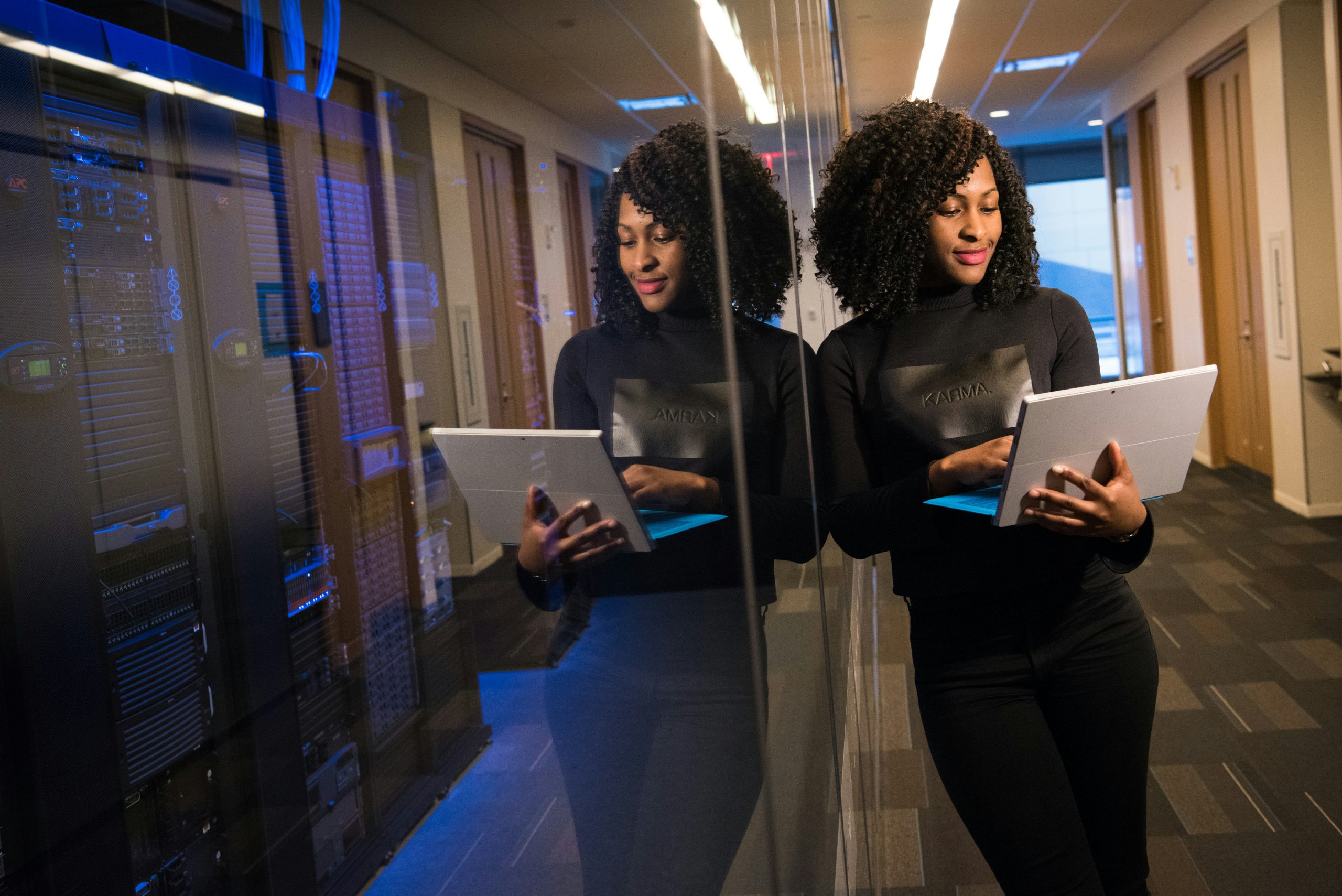One doesn’t have to search long to find survey after survey about how business leaders are disappointed with the preparedness of recent graduates. While often framed as a generational complaint (“kids these days”), this trend points to a fundamental divergence between higher education and the nature of the modern workforce that has been widening for twenty years now at least.
At the heart of this divide is the fact that the pace of change seen across the business world hasn’t been mirrored in higher education. Business leaders require workers who are able to navigate ambiguity, work across different teams to achieve results, and seek out creative solutions whenever problems arise—competencies at odds with the traditional model of memorizing facts in order to pass a test.
Grads Lack Situational Awareness, Critical Thinking, and Effective Communication
The Association of Public and Land-grant Universities recently conducted an interesting study looking at differences in the perceptions of students, workers, educators and employers to see how each viewed the skills gap. The study was targeted at the agriculture and natural resources field, but echoes concerns raised in workplaces across the country. When reading through the top eleven skill gap areas, it becomes clear that the hardest thing for emerging professionals to master is responding to ambiguous situations in real time.
This lack of situational awareness is evident both in the identified skills gaps (“accept and apply critique and direction in the workplace,” “listen effectively,” “ask good questions”), and in the discrepancies between how students and employers rank these skills’ importance. For example, employers named “understand role in the workplace and have realistic career expectations” as the largest skill gap while students were most concerned about “[building] professional relationships.”
Curiosity in the face of ambiguity and situational awareness are the starting point for the type of real-time learning necessary in today’s workforce. In our work with emerging professionals, we’ve seen firsthand how lacking these skills can lead to conflict between employees and their managers. The employee knows that something is amiss, but can’t see the problem and becomes confused, frustrated, and unmotivated. Investing in coaching and training to cultivate these habits can pave the way for all other future learning and development opportunities.
Learning How to Learn
With heightened awareness and more confidence when confronted with ambiguity, workers are better positioned to respond quickly and decisively to the ever-changing demands of the marketplace. They are more likely to notice connections and patterns, which can improve their job performance as well as help them identify knowledge and skill gaps in order to pursue further training. In learning how to learn, they not only bridge whatever skill gap exists between higher ed and career, they prepare themselves to overcome any future skill gaps as well, no matter what the world throws their way.
It is not enough for businesses to simply lament the lack of preparedness among recent graduates, or to attempt to place a band-aid on immediate shortcomings in the form of one-off trainings. For companies to meet the challenges of tomorrow, be they market disruptions or global crises, they must invest in creating a culture of real-time learning.







